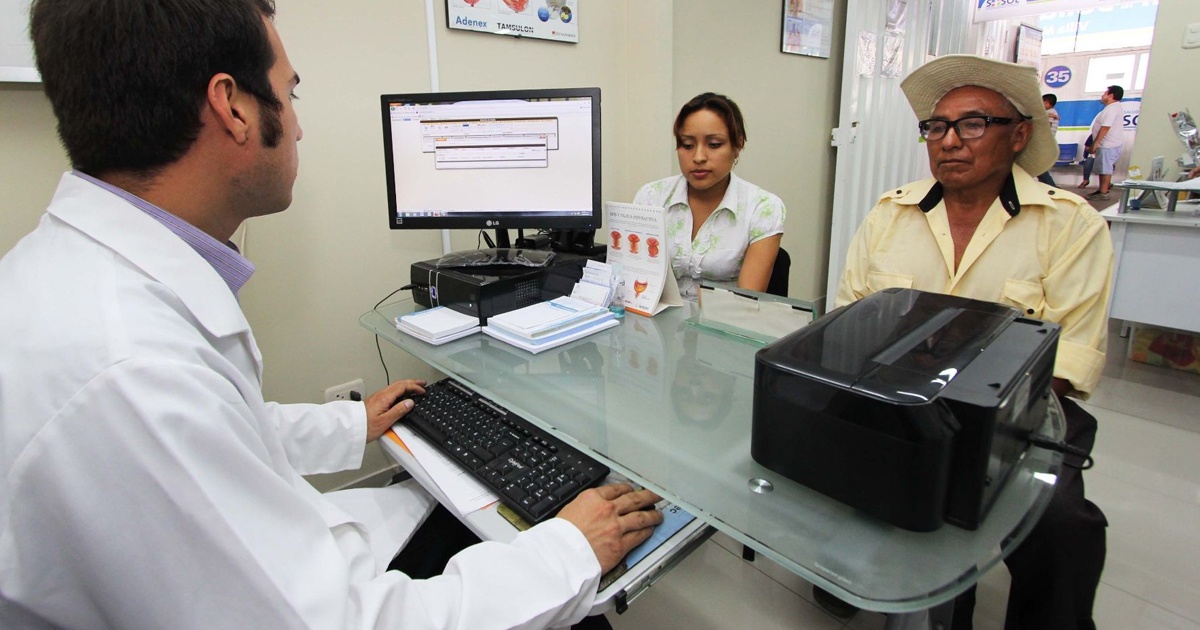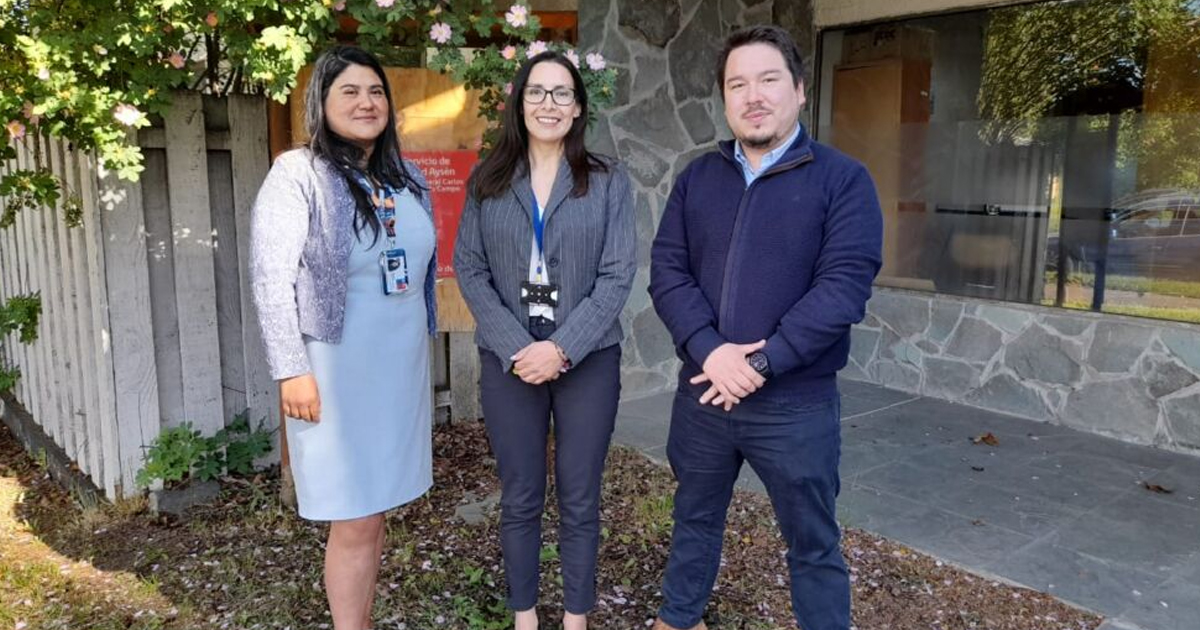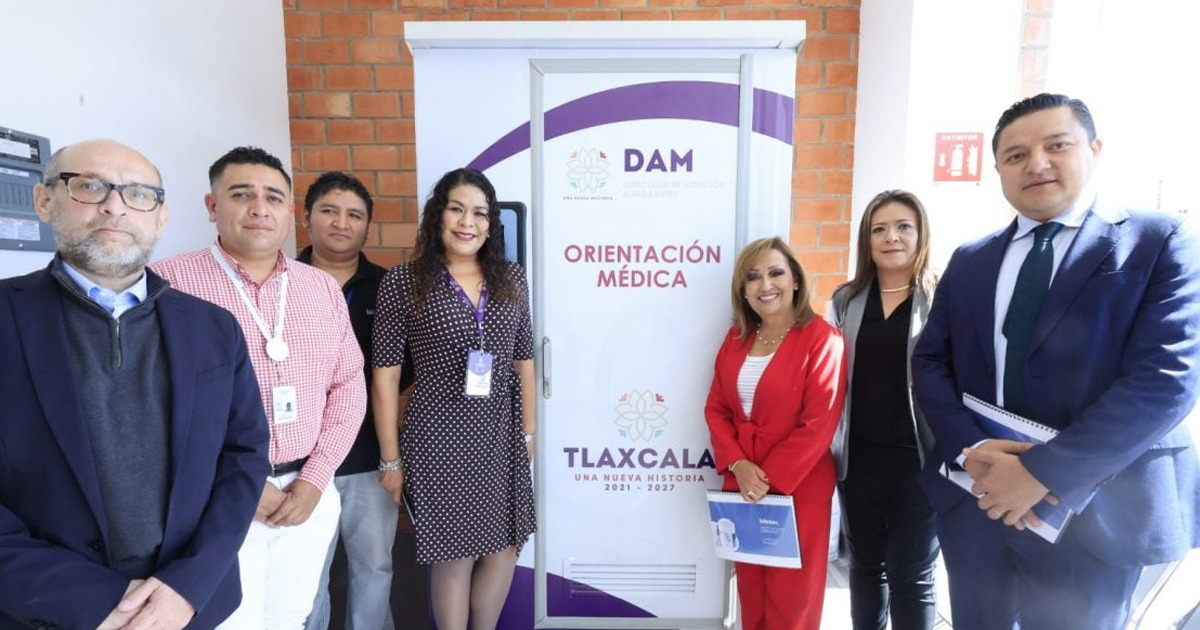In Peru, a document was prepared that formalizes the use of Electronic Clinical Records so that the patient can manage all their information and treatments corresponding to their health status. Thus, the opportunity to access the necessary details is guaranteed for the user to make the most of the health services offered by his country.
The Ministry of Health (MINSA) approved, last July, the "Plan for the Implementation of the National Register of Electronic Clinical Records".
This document is of great relevance to Peru's public and private sector in health matters as it aims to facilitate, both patients and customers, access to all their complete medical history through a specialized infrastructure for this mission.
The The General Office of Information Technologies (OGTI), which is responsible for the innovation and technological development of MINSA, as well as planning, implementing and managing its information systems, was the body that developed this initiative.
It should be noted that they had already had a history since last year with a pilot who started running on a moderate budget.
The use of Electronic Clinical Records (HCE) is linked to the patient to ensure safety and allow him to obtain it at any time and in any circumstances in which he/she is located.

Henry Garcia, former director of the OGTI, clarified that "it has already advanced with the technological and conceptual design part, the platform architecture was modeled and tested, as well as the base equipment for the pilots".
The plan is divided into the following 3 phases:
- Foundation (2019 - 2021): where all the necessary bases are consolidated for the next 10 years and which in turn generates:
- Regulatory instruments (standardization, normativity) necessary for their applicability in any area of the public sector.
- Technological Infrastructure (Hardware and Software) indispensable for integration with Electronic Clinical History Information Systems (SIHCE) that are established in any health center.
- The eQhali Electronic Clinical History Information System, which can be enjoyed by all local institutions in either of its two modalities: Software as Services (SaaS) for first level of care and PaaS Platform as a Service (PaaS) for the second and third levels of care.
- Accreditation of establishments using SIHCE following key points concerning individual and collective public health, as well as Integrated Health Networks (RIS) and the National Telehealth Network.
- Intermediate (2022 - 2024): where the first phase will progress and the evaluation of it will also be carried out establishing opportunities to improve; the National Electronic Recipe will also be implemented.
- Advanced (2025 - 2027): At this stage, it is planned to have a large number of accredited establishments, image storage (PACS), health sector literacy, among other things.
On the other hand, the document also mentions the activities necessary for the Institutional Strategic Plan to achieve its objectives through these four components:
- Strategic Component: consists of 8 high-level activities for the implementation of the Plan.
- Normative component: consists of 12 activities where the technical-regulatory framework is established.
- Infrastructure Component: consists of 7 activities, involves the construction of the RENHICE Platform.
- Change Management component: consists of 4 activities; this component is key to the development of the Plan; due to the impact it has within the organizational processes.
All these regulations aim to provide the HCE for 5% of the population during this year, to 10% of the population by 2020 and reach 30% of the population by 2021.
The RENHICE will be updated and refined according to the conditions of the environment and the technological advances that are being made.
Learn more about the eQhali system through the official website of Peru’s Government:
E-HEALTH REPORTER
A PERUVIAN MAN
MINISTRY OF HEALTH
http://digital.minsa.gob.pe/eqhali
https://www.linkedin.com/pulse/approved-plan-de-implementation-of-the-national-registry-henry-garcia






